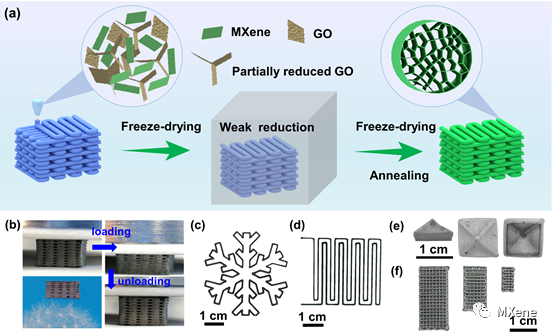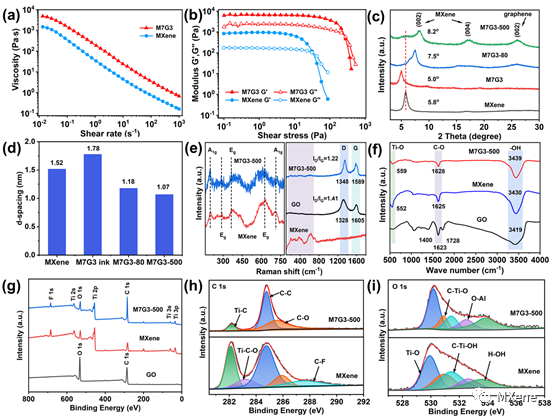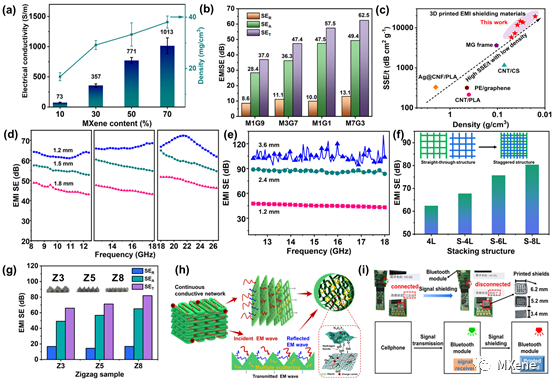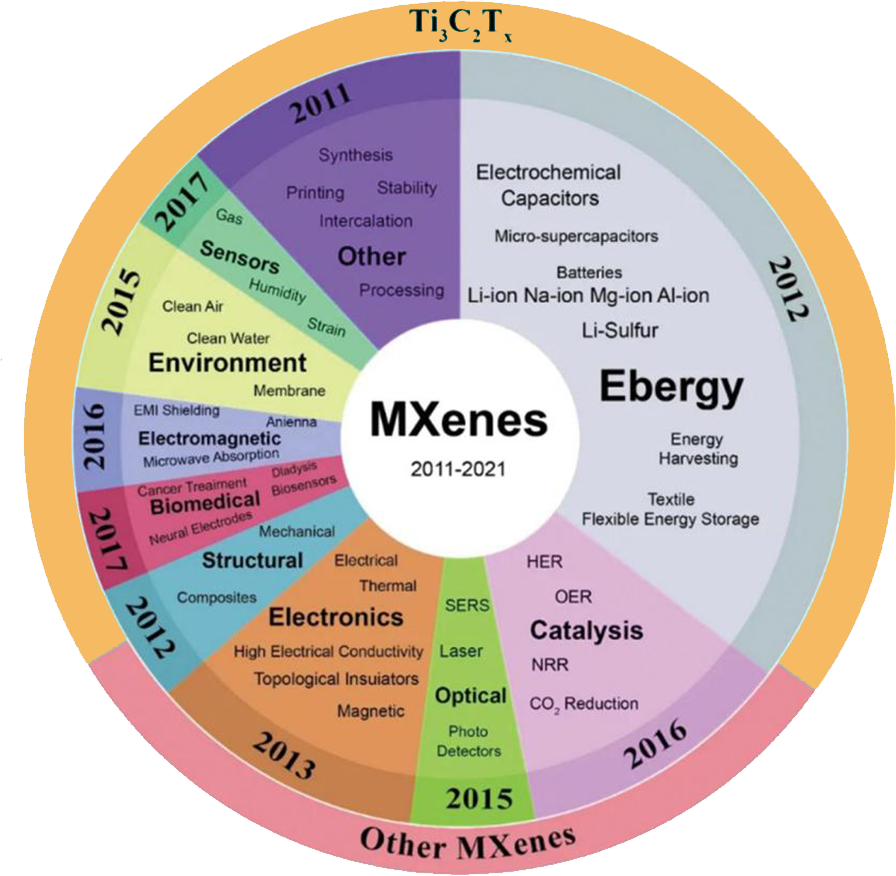Broadband electromagnetic shielding | a good professor Lin team JMCA | 3 d printing light super elastic conductive MXene/RGO component used for broadband electromagnetic shielding
QQ Academic Group: 1092348845
Detailed
 MXene is a two-dimensional star material that is even more popular than graphene. As an advanced manufacturer of MXene, Beike Nano has launched special offer activities, where mxene and other materials are 10% off. At the same time, Beike Nano has launched new mesoporous materials and silicon aerogel products.
MXene is a two-dimensional star material that is even more popular than graphene. As an advanced manufacturer of MXene, Beike Nano has launched special offer activities, where mxene and other materials are 10% off. At the same time, Beike Nano has launched new mesoporous materials and silicon aerogel products.
Recently, a team led by Professor Zhang Haobin from Beijing University of Chemical Technology proposed a method to construct controllable multistage MXene structures with good electrical conductivity and mechanical resilience. The rheological properties and printability of MXene inks were optimized by adding graphene oxide (GO) microgels to ensure good structural integrity and connectivity of printed components. Combined with ink direct writing technology and ice template method, a micro-macro multi-scale adjustable MXene/RGO component was constructed. Weak reduction and heat treatment enhance the π-π interaction between RGO lamellae, effectively improve the interfacial connection between printing filaments, and facilitate the transmission of electrons and loads. By adjusting ink composition, printing layer number, filament spacing, stacking mode and surface structure, MXene/RGO components with low density and high conductivity were prepared to achieve broadband and adjustable electromagnetic shielding performance. In addition, the tightly connected multistage structure gives the MXene/RGO members superelasticity and excellent fatigue resistance. Therefore, this work provides useful inspiration for the structural design of 3D MXene and the preparation of customized electromagnetic shielding materials.
The quick reference
3D assemblies of two-dimensional transition metal carbon/nitrogen compounds (MXene) have great application prospects in energy storage, photothermal conversion, wearable electronic devices, electromagnetic shielding and wave absorbing materials due to their large specific surface area, strong absorption capacity and fast electron or material transfer rate. However, traditional molding methods limit the preparation of customized MXene 3D structures with controllable functions and properties. 3D printing technology has shown unique advantages in controllable and customized fabrication of complex structures. The hydrophilicity of MXene nanolamellae gives it good solution dispersion ability and processability, which is expected to be used in 3D printing. However, the weak gel ability of MXene lamellae makes it necessary to introduce modifiers to obtain the rheological properties suitable for printing. At the same time, the weak interfacial connections in the obtained MXene structure limit its excellent electrical and mechanical properties. Therefore, it is of great significance to explore effective methods to construct customizable MXene 3D structures with excellent conductivity and resilience.
The main points
Research Points 1:
Aiming at the problem that traditional 3D MXene materials are difficult to achieve macroscopic structure customization, GO microgel was introduced to improve the printability of low-concentration MXene ink. Combined with ink direct writing technology and ice template method, lightweight, highly conductive and hyperelastic MXene/RGO components were constructed.
Research Points 2:
By adjusting the ink composition and printing parameters, the micro-macro multistage structure of MXene/RGO components can be regulated, and the electromagnetic shielding efficiency with high conductivity up to 1013S m-1, broadband (8.2-26.5GHz) and adjustable can be obtained, with the maximum value exceeding 100 dB. The porous structure and good conduction network give the MXene/RGO component a high specific shielding efficiency of 19270dB cm2 g-1.
Research Point 3:
The multistage design and tightly connected porous structure guarantee excellent mechanical resilience and fatigue resistance of the MXene/RGO components, which can withstand large strain compression (90%) and 100 cycles of compression, promising to be used in customized piezoresistive devices.

Figure 1. (a) Fabrication flow chart of 3D-printed MXene/RGO components, (b) lightweight and compressible characteristics, and (c-f) customized structure display.

FIG. 2 Rheological properties of (a, b) MXene/GO ink and chemical structure characterization of (c-i)MXene/RGO component.

Figure 3 MXene/RGO component (a) physical picture, (b-j) microstructure, (k-m) structure regulation and (n) element distribution.

Figure 4. (a) density and conductivity, (b-g) electromagnetic shielding performance, (h) shielding mechanism and (i) application of customized shielding components of MXene/RGO components.

FIG. 5 Comparison of mechanical properties of different components of MXene/RGO component (a-c), (d) elastic mechanism, (e) large-strain compression, (f,g) compression cycle and resistance changes during (h, i) compression.


- Previous: Sensing/function | ele
- Next: IF 14.1! Tumor-derived


 mxene academic
mxene academic
